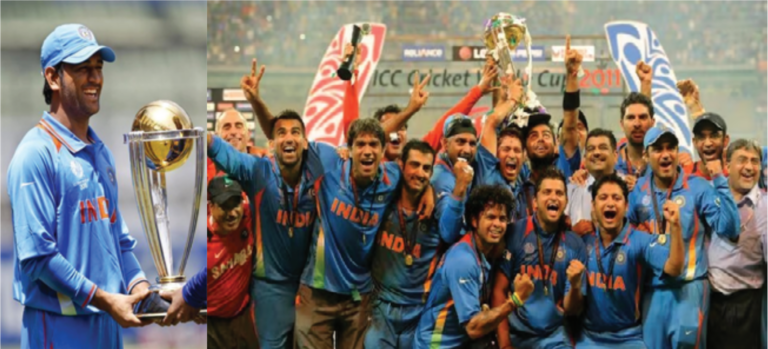Cricket and Globalization: Transnational Player Movements
99exch, Goexch9: The movement of cricket players across different leagues and countries has become increasingly common in recent years. Players are now seeking opportunities beyond their home country to showcase their skills and expand their global presence. This trend of player migration has not only provided cricketers with new experiences and challenges but has also benefited the cricket community by creating a diverse and competitive playing field.
With the rise of T20 cricket leagues like the Indian Premier League (IPL) and the Caribbean Premier League (CPL), players from various cricketing nations are now participating in multiple leagues around the world. This cross-border movement has enabled players to learn from different cricketing cultures, adapt to varied playing conditions, and enhance their overall cricketing capabilities. Additionally, player migration has also led to the growth of fan bases and interest in cricket beyond traditional cricketing nations, contributing to the globalization of the sport.
Impact of Globalization on Player Recruitment
The influence of globalization is evident in the shifting dynamics of player recruitment in the world of cricket. As boundaries blur and interactions transcend national borders, cricket teams are increasingly turning towards recruiting players from diverse corners of the globe. This trend not only brings an infusion of fresh talent and perspectives but also underscores the growing interconnectedness of the sport on a global scale.
With the advent of various T20 leagues and franchise cricket, the demand for international players has surged exponentially. Teams are now scouting for talent beyond their national territories, seeking skilled individuals from different cricketing backgrounds. This diversification of player recruitment not only enriches the talent pool but also fosters a spirit of competitiveness and collaboration on an international level.
Challenges Faced by Transnational Players
The life of a transnational cricketer is filled with unique challenges that can often impact their performance on the field. One of the major difficulties faced by these players is the constant juggling of different playing styles and techniques from various cricketing cultures. Adapting to new conditions, teammates, and coaching methods can be overwhelming, leading to a sense of alienation and uncertainty.
Moreover, the pressure to succeed in unfamiliar environments can take a toll on the mental and emotional well-being of transnational players. Homesickness, language barriers, and cultural differences can all contribute to a sense of isolation that affects their confidence and focus during crucial matches. As they navigate through these challenges, transnational players must find ways to maintain their motivation and resilience to thrive in the competitive world of cricket.







